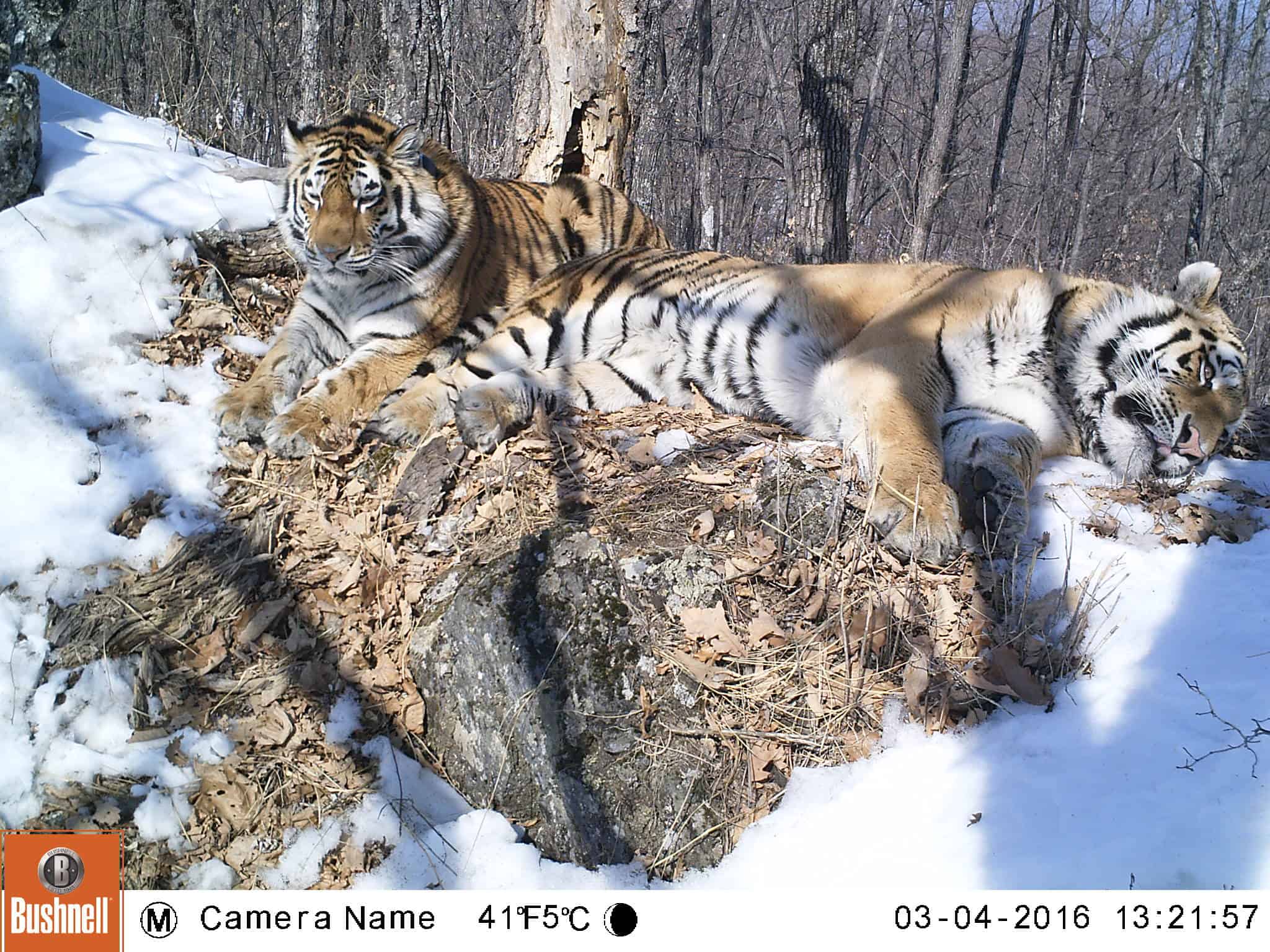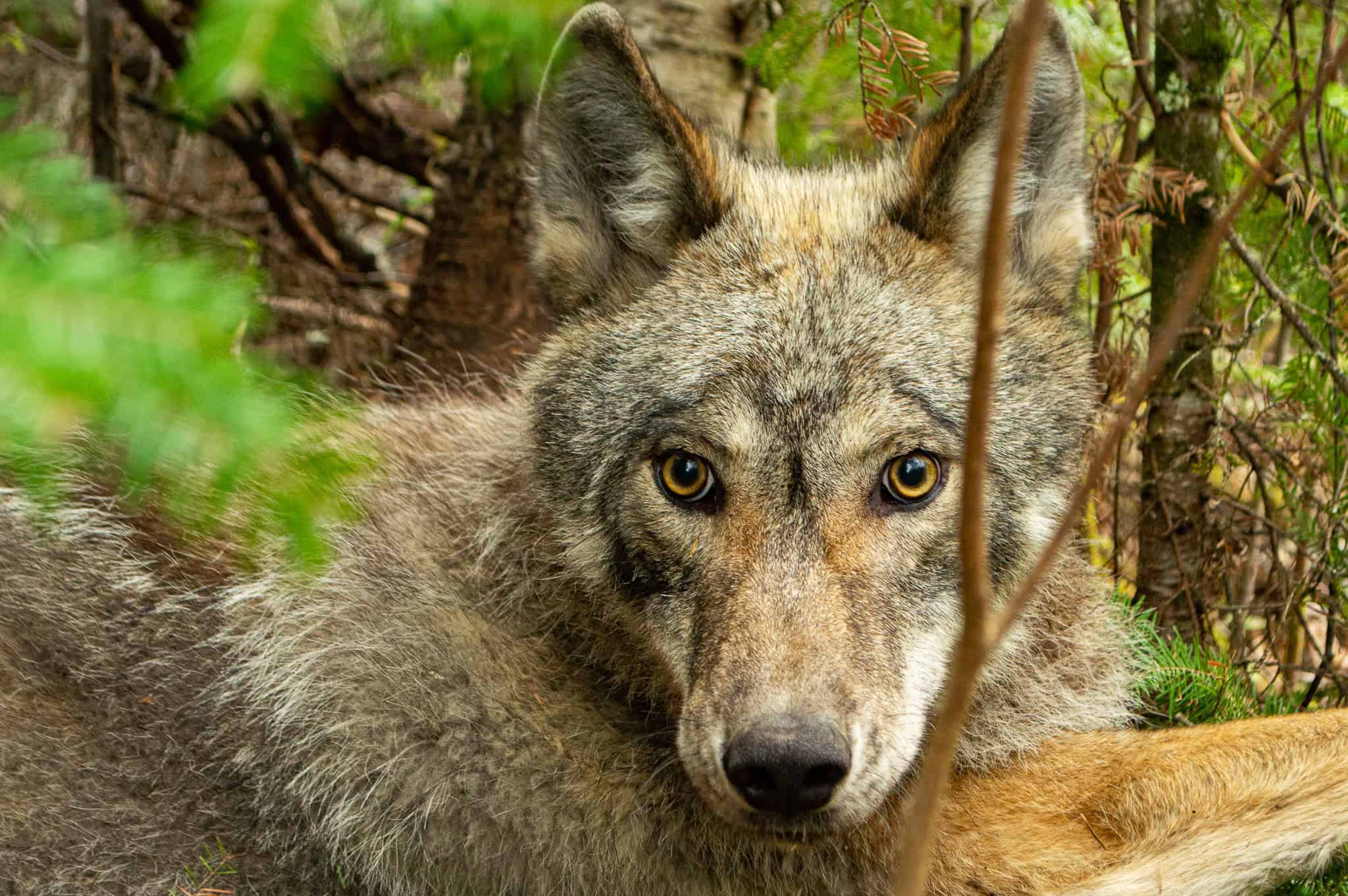Share this article
GMO crop and pesticide ban for refuges ended
The U.S. Fish and Wildlife Service has rolled back a 2014 ban on the use of genetically modified crops and neonicotinoid, or neonic, pesticides on National Wildlife Refuges where farming is permitted. Instead of a blanket ban, the new policy allows for decisions on a case-by-case basis.
In 2014, Jim Kurth, then-chief of the National Wildlife Refuge System, released a memo saying GMO crops and neonic pesticides were not needed to fulfill refuge goals and were not consistent with USFWS’ policies to maintain and restore the biological integrity, diversity and health of refuge ecosystems by restoring or mimicking natural processes.
In a memo dated Aug. 2, USFWS Deputy Director Greg Sheehan explained that many wildlife refuges situated along migratory bird flyways were established to provide food for a target number of waterfowl for a certain length of time, a metric known as “duck energy days.”
Some refuges meet these duck energy day goals by arranging cooperative agriculture agreements with local farmers. Farmers are able to plant and harvest crops on refuge lands in exchange for leaving a portion of their crop to supplement wildlife food or habitat on the refuge. Cooperative agriculture is only used in situations when the USFWS cannot meet resource management goals in other ways.
Even with careful planning, Sheehan wrote, not every area can consistently meet the goals to make up for waterfowl habitat loss outside of federal lands. Genetically modified crops have been developed to maximize crop yields, he wrote, and “a blanket denial of GMOs does not provide on-the-ground latitude for refuge managers to work adaptively and make field level decisions about the best manner to fulfill the purpose of the refuge.”
Sheehan also withdrew the ban on neonic pesticides since they are often used alongside GMO crops. That reverses Kurth’s 2014 decision, in which he declared neonic pesticides would no longer be used because of negative effects on nontarget species. Research has linked neonic pesticides to population crashes of bees and other pollinators. Neonics affect the central nervous system of insects, and several varieties have been banned in the European Union because of their impacts on wild pollinators.
Header Image:
Neonicotinoid pesticides have been linked to population declines in bees and other pollinators.
©Myriams-Fotos








